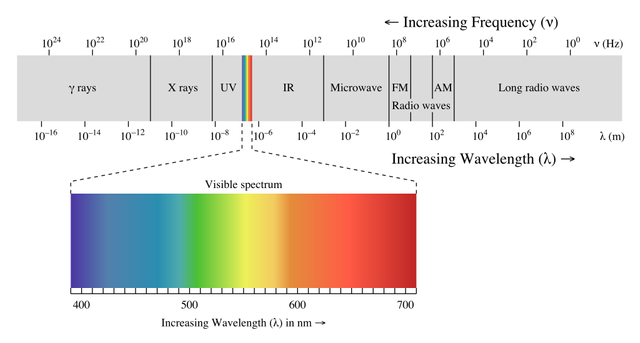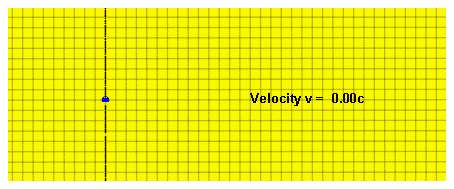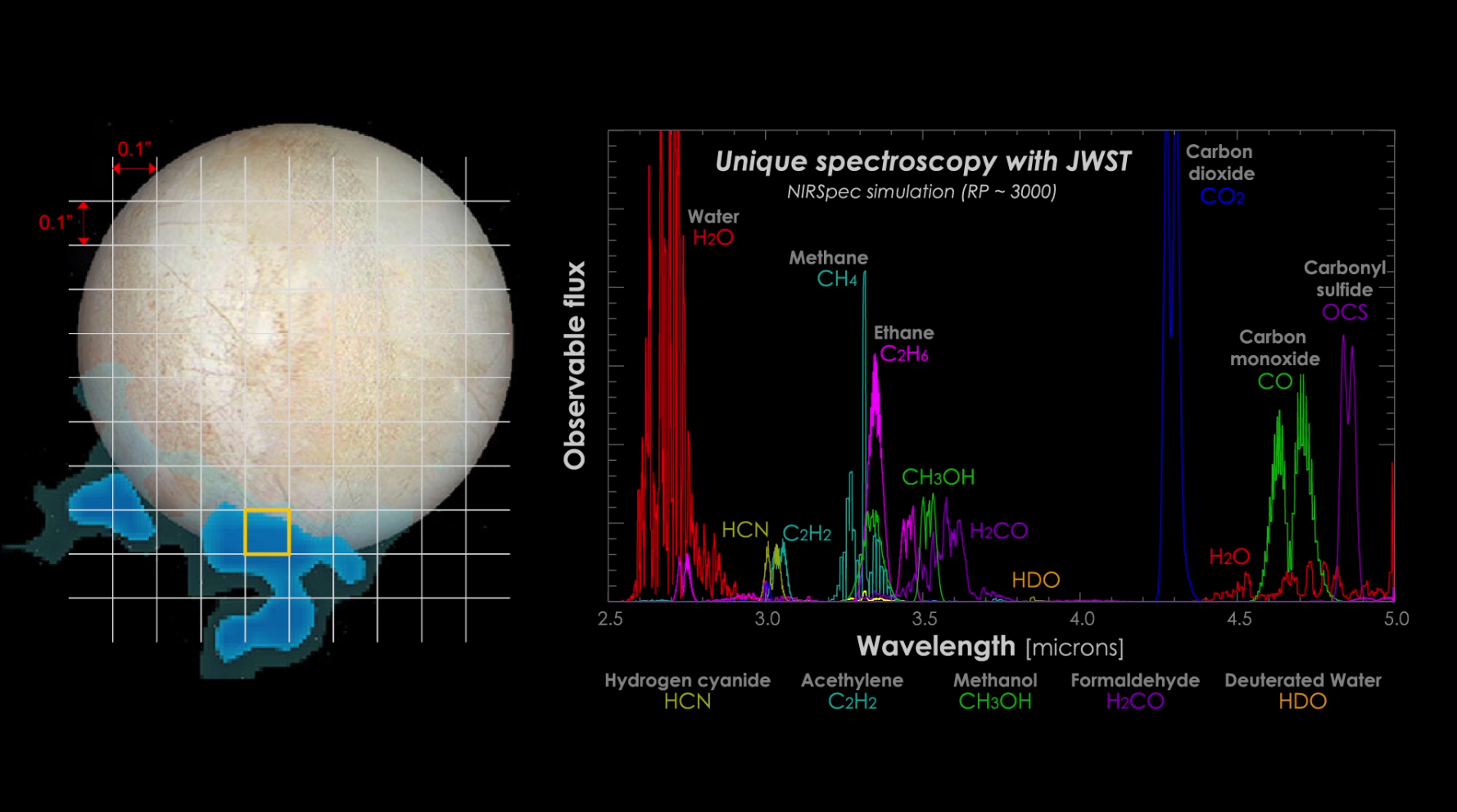More about the James Webb Space Telescope...
We've been reading about space since last week. Relax!! I'm giving you very different information today, so you don't have to look back. But anyways...
https://steemit.com/science/@pratik27/earth-isn-t-flat-but-the-universe-is-says-nasa
https://steemit.com/science/@pratik27/the-satellite-orbit-1-5-million-km-away
We shall shed a little more light our next generation infrared space telescope. And we shall talk more about it today. I'll answers some questions, (which NASA already did on it's website, but I'm a teacher, so I'll only make it easier to understand.) Here are NASA's answers if you want to take a look.
The JWST or James Webb Space Telescope is named after James Edwin Webb, the second administrator of NASA (Feb 1961 - Oct 1968).
So why do we need a powerful infrared telescope in space?
First, we already have a telescope that is used to capture the light in visible region - The Hubble. And we have learned a lot from it. We need something better and newer to learn this time, don't we?
Second reason is a bit more detailed.
Simply put, the light is waves with varying wavelengths. To make things easier for us, I'll only talk in terms of wavelength and not in terms of frequency or photons and energy.
Our eyes are sensitive to a small part of these various wavelengths, which we call the visible region. We sense them as colours - violet to red. The violet color has smallest wavelength in the visible region and these grow longer with indigo, blue etc. till the red color, which has the longest wavelength in the visible region.
Also, there are wavelengths that our eyes can not sense. Closest among these to visible region are the Ultraviolet and the Infrared regions. We can easily see, the ultraviolet region has wavelengths shorter than that of the violet light, and the infrared region has wavelengths longer than that of the red light.
Now with these basics, let's understand the importance of studying the infrared region.
Fact (as in proved by calculations based on observations, and can be checked again and again if we get same results... Welcome to science...)
So, the fact is, the universe was created by what we call the Big Bang. We use such cute words for the biggest explosion in the history of universe, but still...the scientists chose it. I'd at least call it the biggest bang ever... anyways...
When the galaxies were being created, they were moving away from each other at very high speeds, though it's even higher now. And this affects our observations, let's see how.
I'll give the easiest example of a siren, or a beep of a car here, it's the easiest because we all have been through it. When a car approaches us, it's loudness escalates quickly. This is because the wavelength of the sound wave decreases as the car approaches us.
And when the car is going away from us, it's loudness decreases quickly as well. This is due to the increasing wavelength. This is called the Doppler effect. And this happens with waves of sound as well as light.
So when an object goes farther from us, the light we receive from it has longer wavelength than it's original one. Hence the wavelength we receive is shifted more to the infrared region. And we call this as the Redshift.
In the earlier times of the universe, the galaxies moved away at high speeds, so what we receive is the light waves with long wavelengths, and hence they are way far in the infrared region. Hence, to observe these, we need our powerful infrared telescope.
Of course if an object is coming towards us, it's light would have shorter wavelength and this is called the Blueshift, but that's not what our telescope is built for.
How does a stronger telescope help us see farther in the past stages of the galaxies? And why does NASA say that if we can see toddler galaxies using Hubble, we can see baby galaxies with JWST?
Light has the fastest speed, but it still takes some time to travel. So, if our telescope detects an star ten light years away, this means that star used to be there ten years ago, and the light it emitted back then, took ten years to travel to us.
We can guess it's whereabouts at the present moment, but it doesn't really matter unless we want to put something there. Similarly, JWST is said to be capable of seeing 13.6 billion light years away, or, what was there 13.6 billion years ago, which is when the first galaxies of our universe were just being formed!!
Basically, the trick we are using is, detecting the light that is farther in infrared region, and doing this with precision. The infrared wavelengths JWST captures are in range of 0.6 to 28.5 microns. This range is divided in different parts:
The wavelengths from 0.75–1.4 µm or microns. This region is called the near infrared region, because it is very close to our visible region.
And the wavelength from 3 to 8 µm microns falls in the mid infrared region, and so on. The longer the wavelength, the more distant we see.
How will we use JWST to find planets similar to earth in other solar systems (or may be even aliens, or the next place we would go and populate after Mars)?
We achieve this with the help of the equipment in JWST which is used for detecting, and studying the Near InfraRed wavelengths. These equipments are named NIRCam and NIRSpec respectively.
We mostly can't detect light of the planets in other solar systems because their light is too dim compared to their star, just as our sun is much brighter than our earth. But if we block (or cover our lens) from the light from the star, the dim planets become visible. Just like if sun is shining above what we are looking at, and we can't see clearly, we block the sun with our hands/ hats. The equipment we use for this is called a chronograph. which is attached to the NIRCam or near infrared camera.
When we receive this light, it would appear only as a dot, but it's more than enough, and then we study it.
A planet doesn't emit light on it's own. It is actually a star's light falling on the planet and being reflected from it. Just like our sky doesn't have light of it's own, it absorbs light from the sun and reflects blue light.
When a planet receives star's light, the molecules in it's environment absorb some of it and reflect back the rest. And if we study this reflected light, we gain knowledge about the environment of the planet. We call this spectroscopy and spectrometry. And the equipment we use for this and named NIRSpec or near infrared spectrograph. Below is an example of what we can see through a spectrograph.
Credits: NASA-GSFC/SVS, Hubble Space Telescope, Stefanie Milam, Geronimo Villanueva
More references:
- https://en.wikipedia.org/wiki/Accelerating_expansion_of_the_universe
- https://en.wikipedia.org/wiki/Infrared
- Image sources 1, 2, 3, 4, 5.
See you soon, take care.





Yesss, super interesting! Webb is going completely change the way we look at the universe, im stoked :)
Fun-fact, we developed the ability to see the specific color spectrum we see because it was driven by being able to identify when food was ripe or had gone bad (bananas are green when unripe, turn yellow when ripe, and brown when bad). This skill was vital in identifying what was available to eat.
I didn't know this. Thanks @altherion.
Hi there! Another good space-related post from you, great to see!
For me as well, the James Webb is one of the projects I'm most hyped about (beaten only by the work to get scalable life-supporting infrastructures built on the Moon and Mars). I still view Hubble as the #1 most successful space-related project, so seeign its successor will be awesome :)
Just a little tip for your editings and writings:
You can use [text] (url) without the space between ] and ( to make a clickable sentence linking to a webpage of choice which looks a lot better than dumping a lot of URLs throughout the post (although providing the sources are still better than no such links!!) So in case you want to edit it for this post, or try it out for the next one, I suggest you try that out :)
For instance, you could write image source underneath your final image together with its description rather than printing the whole URL :)
This really would make the posts look much better, thank you @fredrikaa. I'll try it out soon.
You're welcome! I'll be looking forward to more posts from you :)
I did it!! It took me more time, but this is my first neat post, thank you.
That is a very nice post on the James Webb project!
Just one little comment, to (slightly) tune down one of your statement: the big bang theory belongs to standard cosmology today. That is true. However, this does not prevent additional explanations to be alive as well.
That would be more proper way of putting it @lemouth ...lol. We'll just have to wait a few years and see which and of these explanations prove themselves. We'll know a lot more then.
Maybe a couple of couple of few years. But hopefully we will see something during our lifetime :)
Congratulations @pratik27! You have completed some achievement on Steemit and have been rewarded with new badge(s) :
Click on any badge to view your own Board of Honor on SteemitBoard.
For more information about SteemitBoard, click here
If you no longer want to receive notifications, reply to this comment with the word
STOPCongratulations @pratik27, this post is the second most rewarded post (based on pending payouts) in the last 12 hours written by a Newbie account holder (accounts that hold between 0.01 and 0.1 Mega Vests). The total number of posts by newbie account holders during this period was 2030 and the total pending payments to posts in this category was $1229.52. To see the full list of highest paid posts across all accounts categories, click here.
If you do not wish to receive these messages in future, please reply stop to this comment.
If God is a computer programmer then there is no confusion Devil is a hacker.
Quite informative post . Well i am waiting for this telescope to be in operation . It will help us study the universe quite deeply .